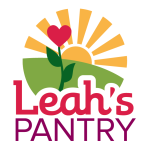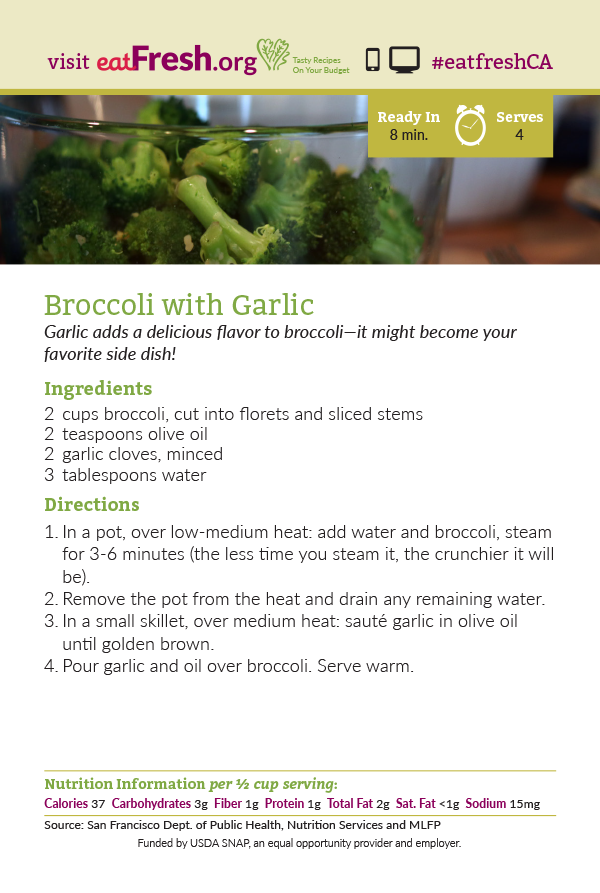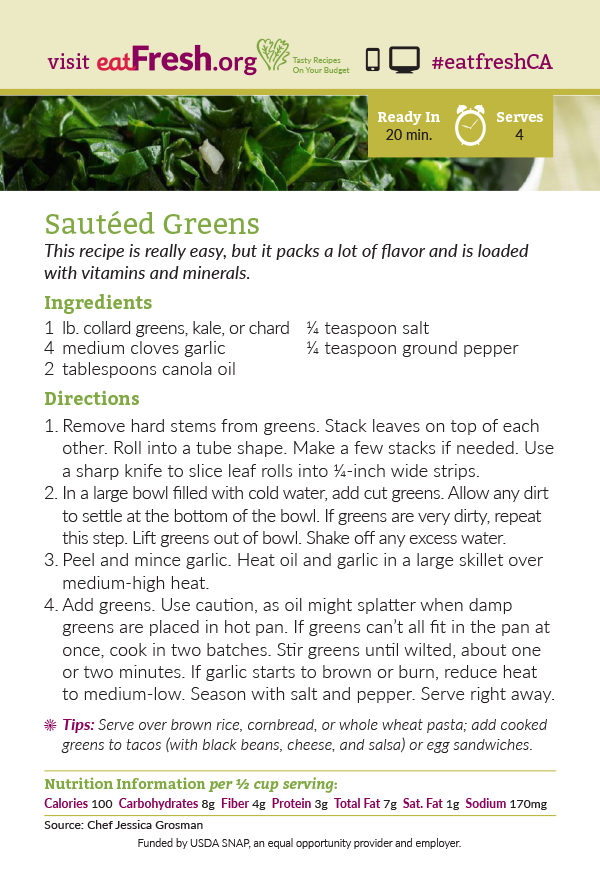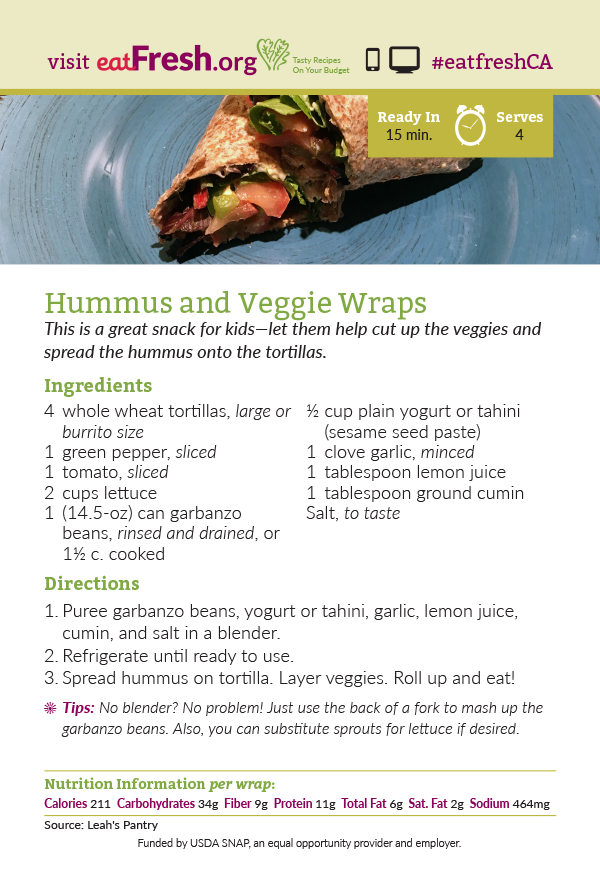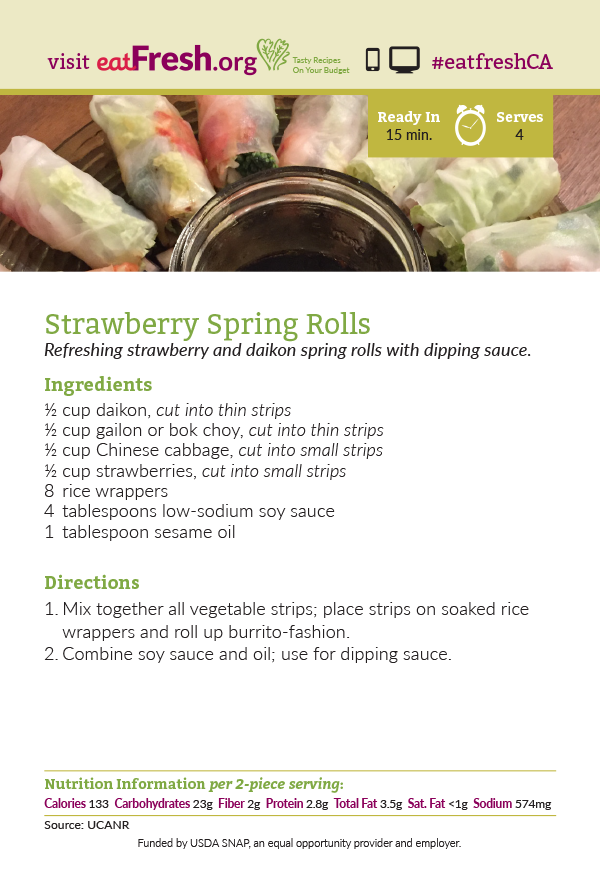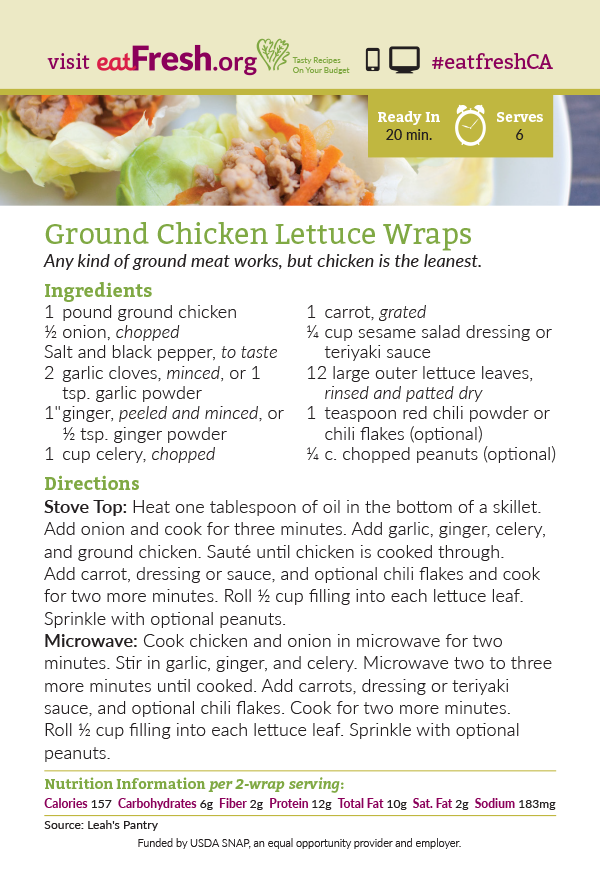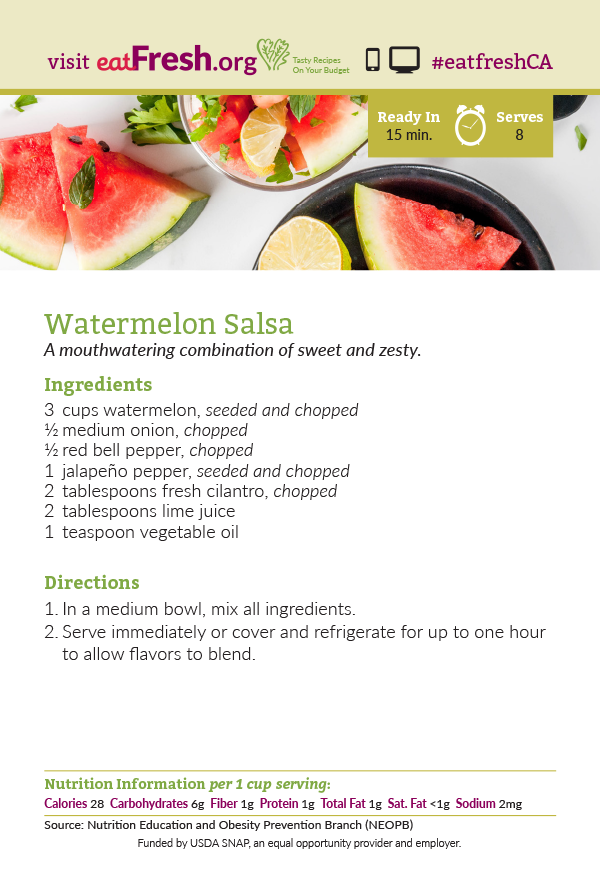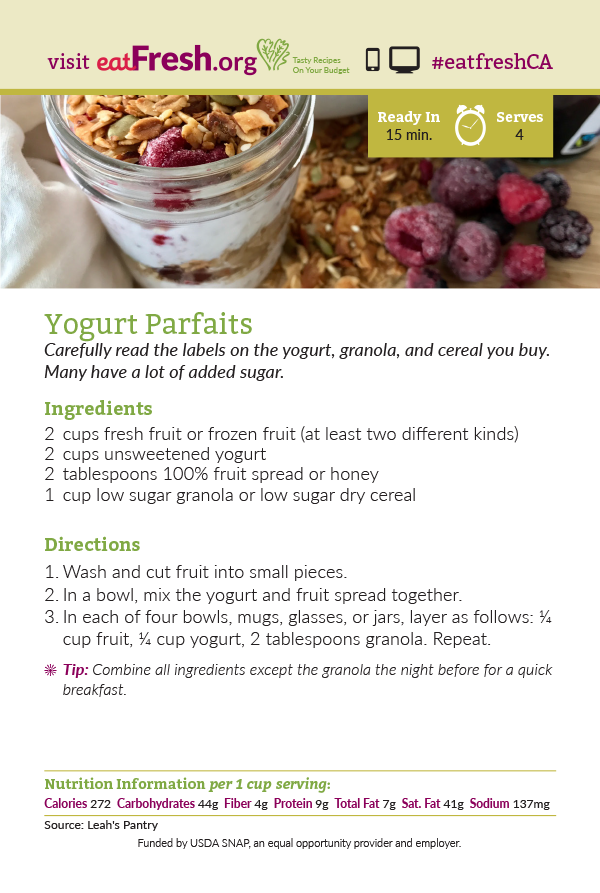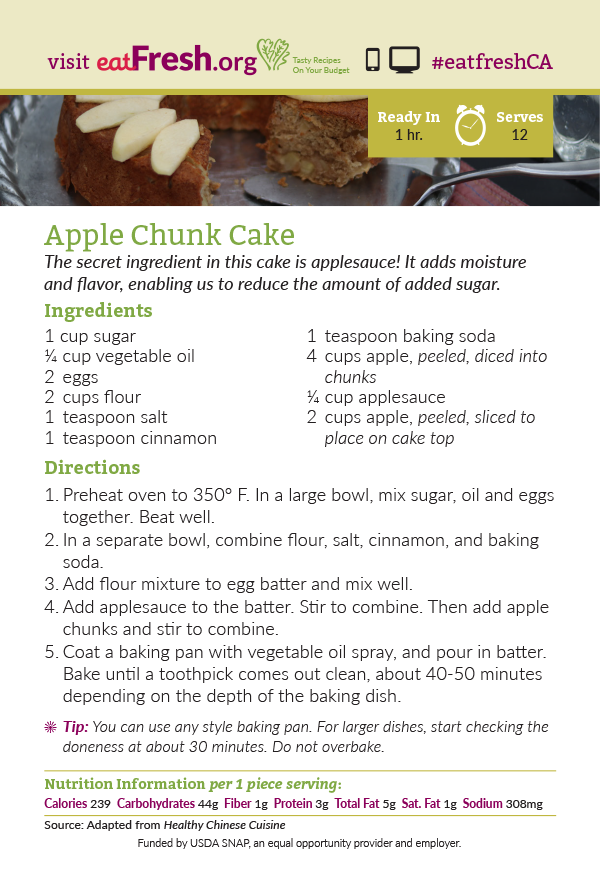EatFresh.org

Eatfresh.org is an award-winning, mobile-friendly nutrition and recipe website designed for low-income Californians. The site provides inspiration, tools, and community for individuals with varying levels of nutrition awareness, digital literacy, and culinary skills.
Additional features include:
- Ask a dietitian
- Meal plans to help reduce food waste and meal costs
- Text recipe ingredients to your phone
- Easy recipe yield change Information about how to purchase, store, and prepare foods
- Answers to commonly asked questions about living a healthy lifestyle
Since launch in 2013, hundreds of partner organizations and thousands of users across the state have made EatFresh.org their go-to online resource for recipes and nutrition messaging.
Looking for ways to promote EatFresh.org with your participants? Our free companion integration toolkit provides implementation resources for organizations.
Frequently Asked Questions
General Questions
Sharing recipes online:
You can share any EatFresh.org recipe online as long as you credit EatFresh.org and the original source (author), and provide a link back to EatFresh.org. Please use the following text to give credit:
Recipe from EatFresh.org. Original recipe from [organization name].
The original source can be found at the bottom of each recipe, above the nutrition information.
Sharing recipes in printed materials:
You will need to reach out to the original author of the recipe to obtain permission to reprint a recipe from EatFresh.org. If the source is Leah’s Pantry, you have our permission! Please include the Leah’s Pantry and EatFresh.org logos when reprinting.
For all other recipe sources, please email info@eatfresh.org to obtain organization contact information and obtain permission to reprint the recipe(s).
Promotional Print Materials
If you are an organization serving low-income Californians, the recipe cards and posters are free! Leah’s Pantry is funded to cover the cost of printing and shipping promotional EatFresh.org materials to your organization. You can place an order using our online store. To receive a promo code to make your order free, you must first register for an account on our site so we can confirm you are on the SNAP-Ed site list. After your account is approved, you can return to the site, login, and reveal the promo code.
For organizations outside of California, you can download print-ready files from the EatFresh.org Toolkit and print the resources on your own, or you can order at cost through our online store.
First, make sure that someone at your organization has completed the registration form. Once that has been completed, you can return to the site, login, and reveal the promo code to make your order free in our online store.
You can order up to 5 different recipes per order. You will then need to specify the quantity of each recipe card in each language. For example, 500 English cards and 500 Spanish cards of each of the following recipes:
- Apple Celery Slaw with Nuts
- Chinese Winter Melon Soup
- Slow Cooker Veggie Chili
- Pita Pizzas
- Tuna Salad with Pears
This would result in 5,000 total recipe cards (2,500 in English and 2,500 in Spanish). The smallest order we can accommodate is 100 cards per recipe. Sending fewer than 100 cards of one recipe is subject to availability in the printed cards we have in our San Francisco or San Diego offices.
No. Each year, we select a new set of about 30 EatFresh.org recipes that align with the seasons and that represent a variety of cuisines and cooking methods. To see which cards are currently available, see our online store.
EatFresh.org partners have successfully used promotional EatFresh.org materials in the following ways:
- Distribute recipe cards at nutrition workshops, health fairs, pantries, or other events.
- Include recipe cards in food pantry bags that use ingredients given on that day, or display recipe cards on a table/display rack at client-choice food pantries.
- Hang posters in lobbies, waiting rooms, on bulletin boards, and other public spaces.
- Hang posters in retail spaces to encourage healthy choices.
- Include a recipe card in CalFresh or other benefit program mailer packets.
Internet Myth Busters
Smartphones are much less expensive than a desktop or laptop computer. 52% of those earning less than $30k annually own a smartphone [1].
13% of low-income internet users are smartphone-dependent, meaning their phone is the only way they are able to access the internet.
78% of U.S. rural residents are online.
Pay-as-you-go plans allow for flexibility, but this means internet access can be intermittent due to financial constraints.
[1] Source: Pew Research Center surveys, 2000-2015.
Be careful about making assumptions about your clients. Ask them if they have a smartphone or access to the internet, whether at home, a friend or relative’s house, or at a public space, like a library. You may be surprised that they do.
Take advantage of public computers or partner with libraries and organizations that have computer labs to provide opportunities for online nutrition education, like the EatFresh.org Mini Course.
While seniors are the smallest group of internet users, they have had the greatest rate of change in internet use, from 14% in 2000 to 58% in 2015.
47% of seniors have high-speed broadband connection at home.
EatFresh.org is designed specifically for the CalFresh-eligible (SNAP) population and is available in multiple languages. Your clients can find inexpensive, easy recipes inspired by a variety of cultures.
EatFresh.org also features USDA-approved health promotion messaging, food discovery information, meal plans, Ask a Dietitian, and local resource information.
